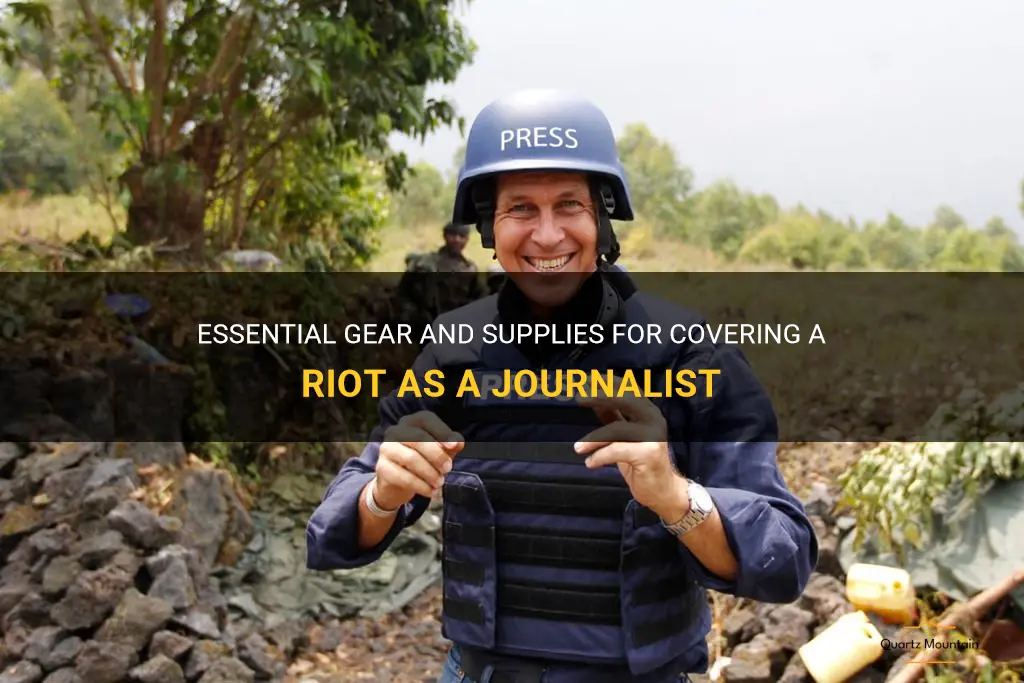
Covering a riot as a journalist can be a challenging and potentially dangerous assignment. Journalists who find themselves in the midst of a chaotic and unpredictable situation need to be properly equipped with essential gear and supplies to ensure their safety and the ability to effectively document what is happening. Whether it's protective gear to shield against projectiles or equipment to capture images and sound, having the right tools can make all the difference in producing a comprehensive and accurate account of a riot. In this article, we will explore the essential gear and supplies necessary for journalists to cover a riot and navigate through the chaos with confidence.
What You'll Learn
- What are the essential protective gear and equipment that a riot journalist should pack?
- Are there any specific clothing items or materials that provide better protection for a riot journalist?
- Are there any non-lethal self-defense tools or equipment that a riot journalist should consider bringing?
- How does the level of risk in a riot determine what a journalist should pack?
- Are there any additional items or supplies that a riot journalist should consider bringing for their personal safety and well-being?

What are the essential protective gear and equipment that a riot journalist should pack?
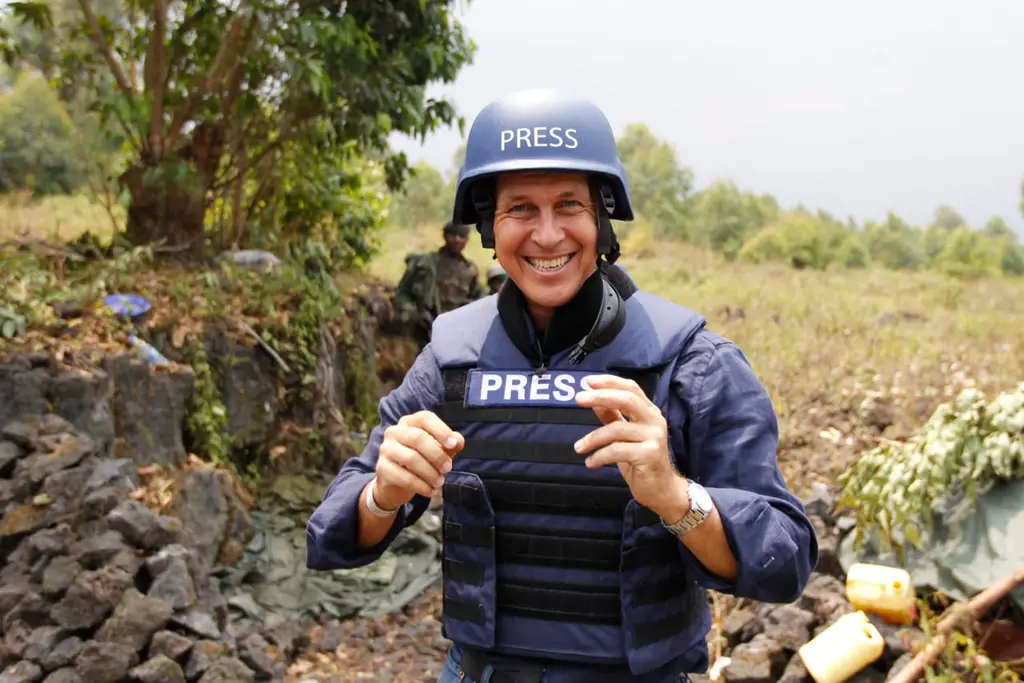
Riot journalism is an extremely challenging and sometimes dangerous field of reporting. Journalists who cover riots and civil unrest face numerous risks, including physical violence, tear gas, rubber bullets, and other hazards. To ensure their safety and ability to report accurately, it is essential for riot journalists to have proper protective gear and equipment. In this article, we will discuss the essential items that a riot journalist should pack before heading into the field.
- Helmet: A sturdy helmet is a must-have for any riot journalist. It provides protection against projectiles, such as rocks or rubber bullets, that might be thrown or fired during a riot. A helmet with a face shield is even better, as it protects the eyes and face from injuries and irritants like tear gas.
- Gas mask: Tear gas is frequently used by law enforcement agencies to disperse crowds during riots. A gas mask with a canister filter is essential to protect the journalist from inhaling the toxic fumes. It is important to choose a gas mask that fits properly and provides a tight seal around the face.
- Safety goggles: In addition to a gas mask, safety goggles are crucial to shield the eyes from tear gas, rubber bullets, or any other flying debris. It is important to opt for goggles that are impact-resistant and have anti-fog coatings to ensure clear vision.
- Body armor: Riot journalists often face the risk of physical assault. Wearing body armor, such as a bulletproof vest or a stab-resistant vest, can provide vital protection. Look for vests that offer both front and back protection to cover vital organs.
- Kevlar gloves: Hands are often exposed to injury from projectiles or physical altercations. Kevlar gloves are cut-resistant and provide an extra layer of protection to the hands. Additionally, they offer a better grip and dexterity compared to traditional leather gloves.
- Reflective vest: A reflective vest is important to ensure visibility in chaotic situations. It helps distinguish journalists from the crowd and also increases their safety when working near moving vehicles.
- Portable first aid kit: A compact first aid kit is essential to handle minor injuries and provide immediate medical attention until professional help arrives. The kit should include bandages, disinfectant, pain relievers, and any necessary prescription medications.
- Communication devices: Riot journalists must be able to communicate with their team and receive updates from their news organization. A reliable smartphone with a durable case and a backup battery pack are essential. It is also recommended to have a two-way radio for clear and instant communication during chaotic situations.
- High-visibility tape: High-visibility tape can be used to mark safe routes or indicate potential hazards. It can also assist in creating a clear path for emergency services if required.
- Identification and press credentials: Having proper identification and press credentials is crucial for a riot journalist. It helps establish their legitimacy and allows them to access restricted areas, if permitted by local authorities.
While these are the essential items, it is also important for riot journalists to undergo proper training on how to use and maintain their protective gear. Additionally, journalists should always stay updated on the local laws and regulations regarding reporting on riots and civil unrest.
In conclusion, riot journalism can be a hazardous profession, and it is crucial for journalists to prioritize their safety by equipping themselves with the necessary protective gear and equipment. A reliable helmet, gas mask, safety goggles, body armor, gloves, reflective vest, first aid kit, communication devices, high-visibility tape, and proper identification are the essential items for any riot journalist. However, it is important to remember that no amount of gear can fully guarantee safety, and journalists should always exercise caution and remain aware of their surroundings.
Essential Items to Pack for Your Trip to Ho Chi Minh City
You may want to see also

Are there any specific clothing items or materials that provide better protection for a riot journalist?
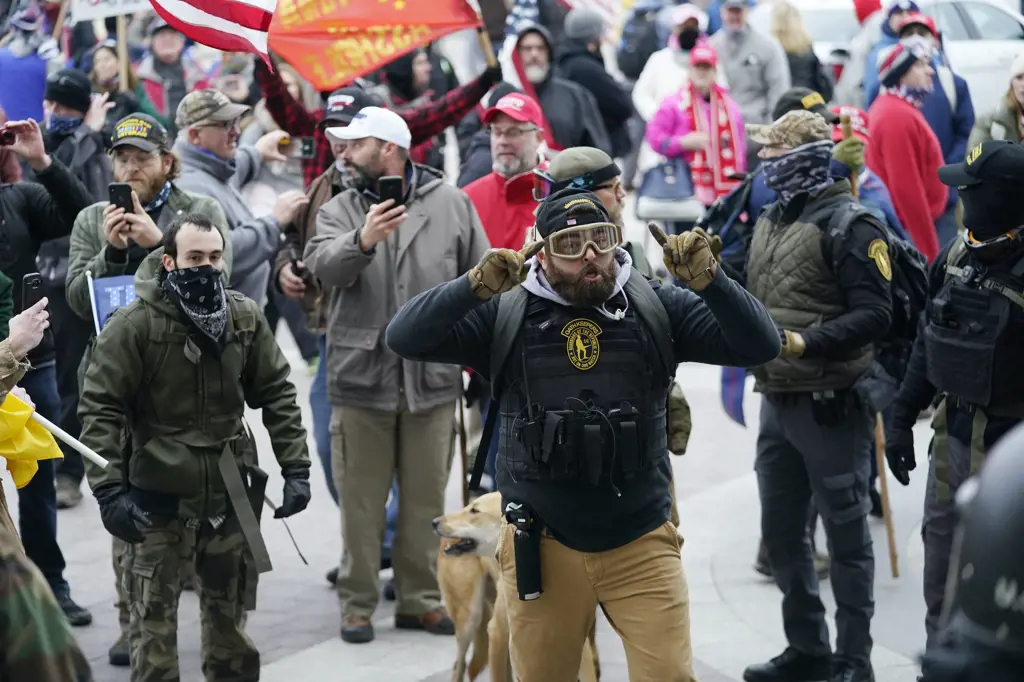
Covering riots and protests as a journalist can be a risky endeavor. It is essential to prioritize safety and take precautions to protect oneself in such environments. Proper protective clothing plays a crucial role in minimizing the risk of injury or harm. While there is no foolproof outfit for every situation, there are certain clothing items and materials that can provide better protection for a riot journalist.
- Helmets: A helmet is an essential piece of protective gear for a riot journalist. It can protect the head from projectiles, such as rocks or tear gas canisters, that are commonly thrown during riots. Helmets specifically designed for riot situations often come with a face shield to shield the eyes from chemical irritants or physical blows.
- Gas masks: Riot situations often involve the use of tear gas or other chemical irritants. Journalists can protect themselves by wearing a gas mask or a respirator with filters designed to block harmful substances. These masks help prevent breathing difficulties and eye irritation, allowing journalists to navigate through dense smoke or tear gas clouds.
- Body armor: In high-risk situations, it is advisable for journalists to wear body armor or ballistic vests. These vests are designed to provide protection against ballistic threats, such as bullets or shrapnel. While they may not fully guarantee safety, they can significantly reduce the risk of life-threatening injuries, providing an extra layer of protection.
- High-visibility clothing: Wearing high-visibility clothing, such as reflective vests or jackets, can help riot journalists identify themselves as members of the press. This can minimize the chances of being mistaken for a participant in the riot and reduce the risk of being targeted or harmed by law enforcement officials or rioters.
- Sturdy footwear: Riot situations often entail chaotic and unpredictable environments. Journalists should wear sturdy and comfortable footwear, such as boots with nonslip soles, to protect their feet from potential hazards on the ground. Additionally, this type of footwear can provide stability and support in case of sudden movements or accidents.
- Fire-resistant materials: Fires are a common occurrence during riots, and journalists can be exposed to flames or burning debris. Wearing clothing made from fire-resistant materials, such as Nomex or Kevlar, can help reduce the risk of burns and protect against heat-related injuries. Fire-resistant clothing should cover the entire body, including the head, hands, and feet.
It is important to note that while these clothing items and materials can offer enhanced protection, they do not guarantee complete safety. Riot journalism carries inherent risks, and journalists must remain vigilant, practice situational awareness, and follow proper safety protocols. It is advisable to undergo training in conflict reporting and regularly consult with security experts to stay updated on the latest safety measures.
In conclusion, there are specific clothing items and materials that can provide better protection for riot journalists. Helmets, gas masks, body armor, high-visibility clothing, sturdy footwear, and fire-resistant materials are all crucial elements of a journalist's safety gear in riot situations. While these items cannot eliminate all risks, they can significantly reduce the chances of injury or harm. Proper training and adherence to safety protocols are also fundamental in ensuring the well-being of journalists covering riots.
What to Pack for an Unforgettable Vacation at Hard Rock Riviera Maya
You may want to see also

Are there any non-lethal self-defense tools or equipment that a riot journalist should consider bringing?
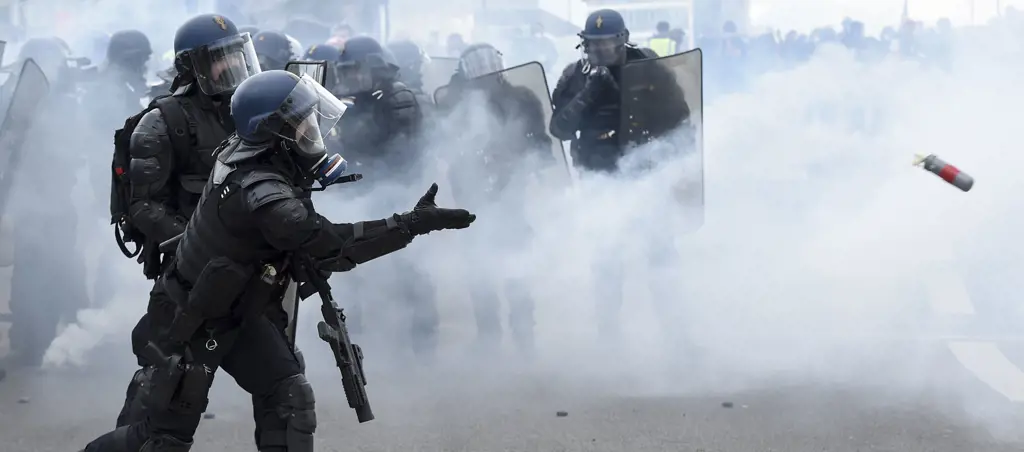
In recent years, there has been an increase in civil unrest and protests around the world. As a result, journalists covering these events, particularly riot journalists, face unique challenges and risks. It is essential for them to prioritize their safety while still being able to effectively do their job. One aspect of self-defense that riot journalists should consider is the use of non-lethal tools or equipment. These can provide an extra layer of protection in case they find themselves in a dangerous situation.
Before discussing specific non-lethal self-defense tools, it is important to note that journalists should prioritize safety measures such as wearing protective gear, like helmets and gas masks, and receiving proper training in conflict reporting. Non-lethal tools should be seen as supplements to these measures, rather than a standalone solution.
- Pepper Spray: Pepper spray is a commonly used non-lethal self-defense tool that can temporarily disable an attacker by causing intense irritation and inflammation of the eyes and respiratory system. It can provide journalists with a chance to escape potentially dangerous situations. However, it is important to note that the use of pepper spray should be in line with local laws and regulations.
- Personal Alarms: Personal alarms are compact devices that emit a loud sound when activated. They are small and can be easily carried or attached to bags or clothing. Personal alarms can help attract attention and deter potential attackers. However, it is crucial to maintain situational awareness while using a personal alarm, as it may not always be effective in every situation.
- Tactical Flashlights: Tactical flashlights can serve as both a source of light and a self-defense tool. These flashlights are designed to be robust and powerful, with features such as high-intensity beams and strobe modes that can disorient and distract attackers. In addition to being a useful tool for journalists in low-light situations, a tactical flashlight can potentially provide a momentary advantage in self-defense scenarios.
- Emergency Whistles: Similar to personal alarms, emergency whistles are compact and emit a loud, piercing sound. They can be easily attached to clothing or carried discreetly. Emergency whistles can serve as a quick and effective way to attract attention and signal for help.
- Self-Defense Training: While not an actual tool or equipment, self-defense training is crucial for anyone, including riot journalists, who may find themselves in potentially dangerous situations. Training in techniques such as situational awareness, de-escalation tactics, and basic self-defense moves can greatly enhance one's ability to protect themselves.
It is important to emphasize that the use of non-lethal tools or equipment should always be secondary to avoiding dangerous situations and ensuring personal safety. Riot journalists should prioritize their own protection and, if necessary, seek assistance from security professionals or local authorities. Additionally, it is crucial to familiarize oneself with local laws and regulations regarding the use of self-defense tools.
In conclusion, while there are several non-lethal self-defense tools and equipment available for riot journalists to consider, their primary focus should be on safety measures such as protective gear and training. Tools such as pepper spray, personal alarms, tactical flashlights, and emergency whistles can provide additional options for self-defense, but should always be used responsibly and in accordance with local laws. Ultimately, the safety and well-being of riot journalists should be the top priority in any situation.
Essential Items to Pack for Medical School in the Caribbean
You may want to see also

How does the level of risk in a riot determine what a journalist should pack?
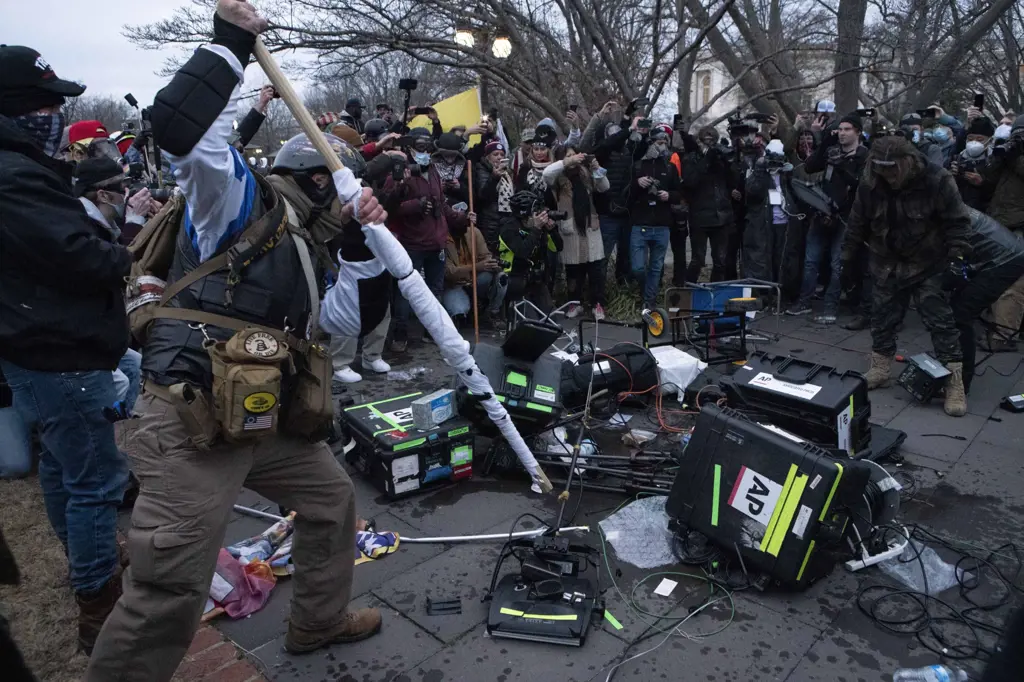
When covering a riot as a journalist, safety should always be the top priority. The level of risk in a riot can vary greatly depending on various factors such as the location, size of the crowd, and the presence of law enforcement. Journalists must take into account these risks and pack accordingly to ensure their own safety while effectively reporting on the events unfolding.
One of the most important items for a journalist to pack when covering a riot is protective gear. This includes a helmet, gas mask, safety goggles, and a bulletproof vest. These items can provide crucial protection against projectiles, tear gas, and other potential dangers. It is important for journalists to remember that these items are meant to help minimize the risk but do not guarantee complete safety. They should always be prepared for unexpected situations.
In addition to protective gear, journalists should also pack communication devices. These can include a fully charged mobile phone with emergency contact numbers programmed, a two-way radio, and a backup battery pack. Communication devices are essential for staying connected with other journalists, news outlets, and emergency services. It is also important to have a plan in place with colleagues in case of separation or emergency situations.
Furthermore, packing essentials such as a first aid kit, water, snacks, and appropriate clothing is crucial. When covering a riot, journalists may be exposed to long hours in tense situations. Staying hydrated, nourished, and comfortable can significantly reduce the risk of exhaustion or fatigue, which can impair decision-making abilities.
In terms of experience, seasoned journalists suggest packing a portable, lightweight camera or video equipment to capture the events. However, it is important to strike a balance between capturing valuable footage and prioritizing personal safety. Journalists should never jeopardize their safety for a shot.
When covering a riot, it is essential for journalists to be aware of their surroundings at all times. They should constantly assess the level of risk and adapt their actions accordingly. This involves monitoring the behavior of the crowd, understanding the dynamics between protesters and law enforcement, and being aware of potential escape routes.
One prime example of how the level of risk can determine what a journalist should pack is a comparison between covering a peaceful protest and a violent riot. If the protest is relatively peaceful with a low risk of violence erupting, journalists may still pack protective gear but might not need to bring the same level of heavy-duty equipment. On the other hand, if the riot has escalated into violent clashes between protesters and law enforcement, journalists should bring all necessary protective gear and be prepared for unpredictable and potentially dangerous situations.
In conclusion, the level of risk in a riot greatly impacts what a journalist should pack. Protective gear, communication devices, essentials like first aid kits and food, and appropriate clothing should all be considered when preparing for coverage. Awareness of one's surroundings and constant assessment of the risk level is crucial for a journalist's safety. Ultimately, prioritizing personal safety while effectively reporting should always remain the primary objective when covering any potentially risky situation.
The Ultimate Guide: Essential Items to Pack for an Enduro Race
You may want to see also

Are there any additional items or supplies that a riot journalist should consider bringing for their personal safety and well-being?
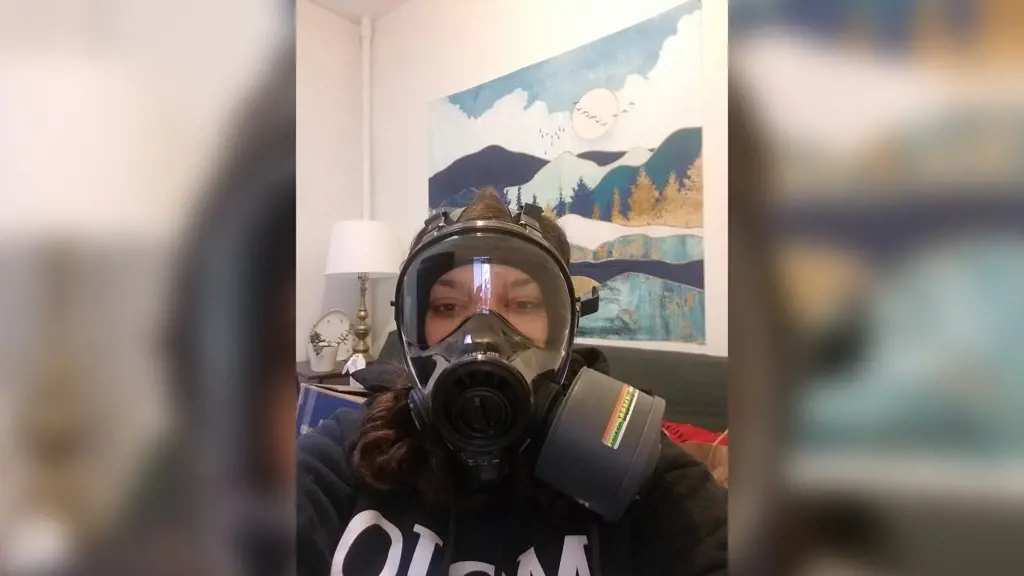
As a riot journalist, your personal safety and well-being should be your top priority. While it is essential to have your camera equipment and journalistic tools ready, there are additional items and supplies that you should consider bringing to ensure your safety during riot situations. These items can help you navigate unpredictable and potentially dangerous environments.
- Protective Clothing: Riot situations can become violent, and you need to protect yourself from potential harm. Consider wearing a ballistic helmet to shield your head from projectiles. Additionally, wear a gas mask to protect yourself from tear gas or other airborne irritants. It is also advisable to wear flame-resistant clothing and boots to minimize the risk of injury.
- First Aid Kit: Always carry a well-stocked first aid kit with you. It should include essential items like bandages, antiseptic wipes, pain relievers, and any required prescription medications. In a chaotic environment, it may take some time for medical help to arrive, so being prepared with basic medical supplies is crucial.
- Communication Tools: In riot situations, communication can be challenging due to the chaos and potential disruption of cell phone service. A two-way radio or walkie-talkie can help you stay connected with colleagues or emergency services. Make sure to have spare batteries or a portable charger to keep your communication tools powered.
- High-Energy Snacks and Water: During riots, access to food and water may be limited. Carry high-energy snacks like energy bars or nuts to sustain yourself during potentially long hours on the field. It's also important to have an ample supply of water to stay hydrated.
- Emergency Contact Information: Have a list of emergency contact numbers readily available, including local law enforcement, your organization's emergency hotline, and any relevant embassy or consulate information. Keep a printed and digital copy of these contact details in case you lose one.
- Personal Identification and Press Credentials: Always carry your identification, including your press credentials, with you. This will help establish your identity and profession during encounters with law enforcement or individuals who may be skeptical of your presence.
- Personal Safety Training: Consider taking personal safety training courses specific to conflict zones or riots. These courses can provide you with valuable skills and knowledge, such as situational awareness, conflict de-escalation, and self-defense techniques.
It's essential to familiarize yourself with local laws and regulations regarding press coverage during riots. Respect the boundaries set by law enforcement and prioritize your safety at all times. Remember, being prepared and equipped with the right tools can make a significant difference in your safety and well-being as a riot journalist.
Essential Items to Pack for Three Months of Extended Travel
You may want to see also
Frequently asked questions
As a riot journalist, it is important to pack clothing that is both protective and comfortable. Opt for durable clothing made of thick, non-flammable materials such as denim or leather. Additionally, choose long-sleeved shirts, thick pants, and closed-toe shoes to protect yourself from potential projectiles, chemicals, and other hazards.
It is crucial to pack accessories that can provide added protection during a riot. These include goggles or safety glasses to shield your eyes from tear gas, flying debris, or other potential dangers. Don't forget to bring a helmet to protect your head from impact or falling objects. Consider wearing a gas mask or a respirator to shield yourself from tear gas or other harmful substances in the air.
Yes, it is advisable to pack additional safety equipment as a riot journalist. Items such as knee and elbow pads can offer protection if you need to kneel or crawl. Bringing a first aid kit is crucial in case of injuries, including bandages, antiseptic wipes, and pain relievers. It is also recommended to carry a whistle or a personal alarm to attract attention and signal distress if needed.
Your backpack should contain essentials that will help you stay prepared and comfortable during a riot. Include items such as a notepad and pens for taking notes, a camera or video equipment to document the events, extra batteries or chargers, and a portable battery pack to keep your devices powered. Don't forget to pack a sufficient amount of water and non-perishable snacks to stay hydrated and energized.
When packing for a riot, organize your belongings in a way that allows for easy access. Use a backpack or bag with multiple compartments and pockets to keep items organized and readily available. It is also helpful to label or color-code certain sections to quickly locate specific items in high-stress situations. Prioritize packing items in a logical order, with the most important and frequently used items easily accessible.







